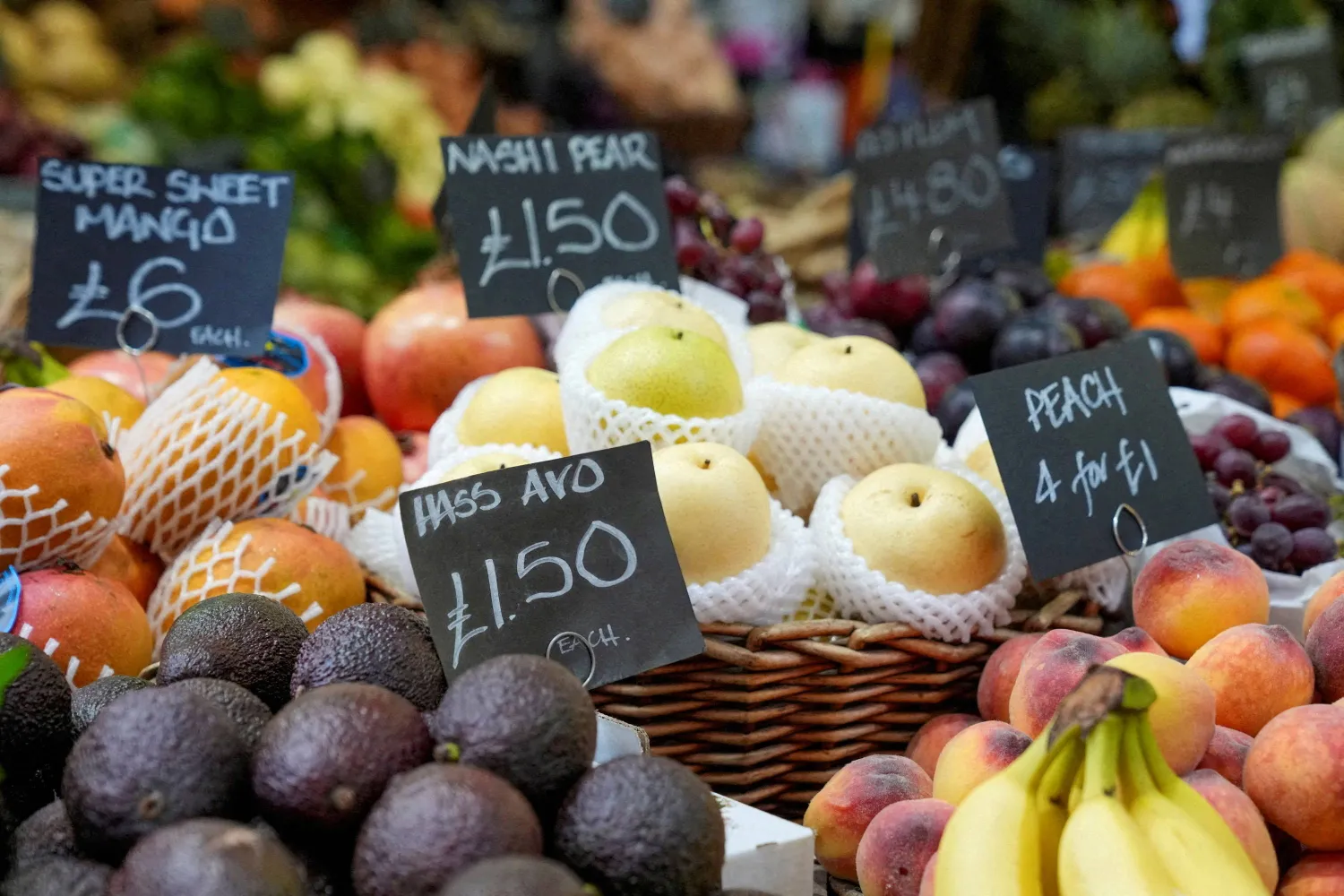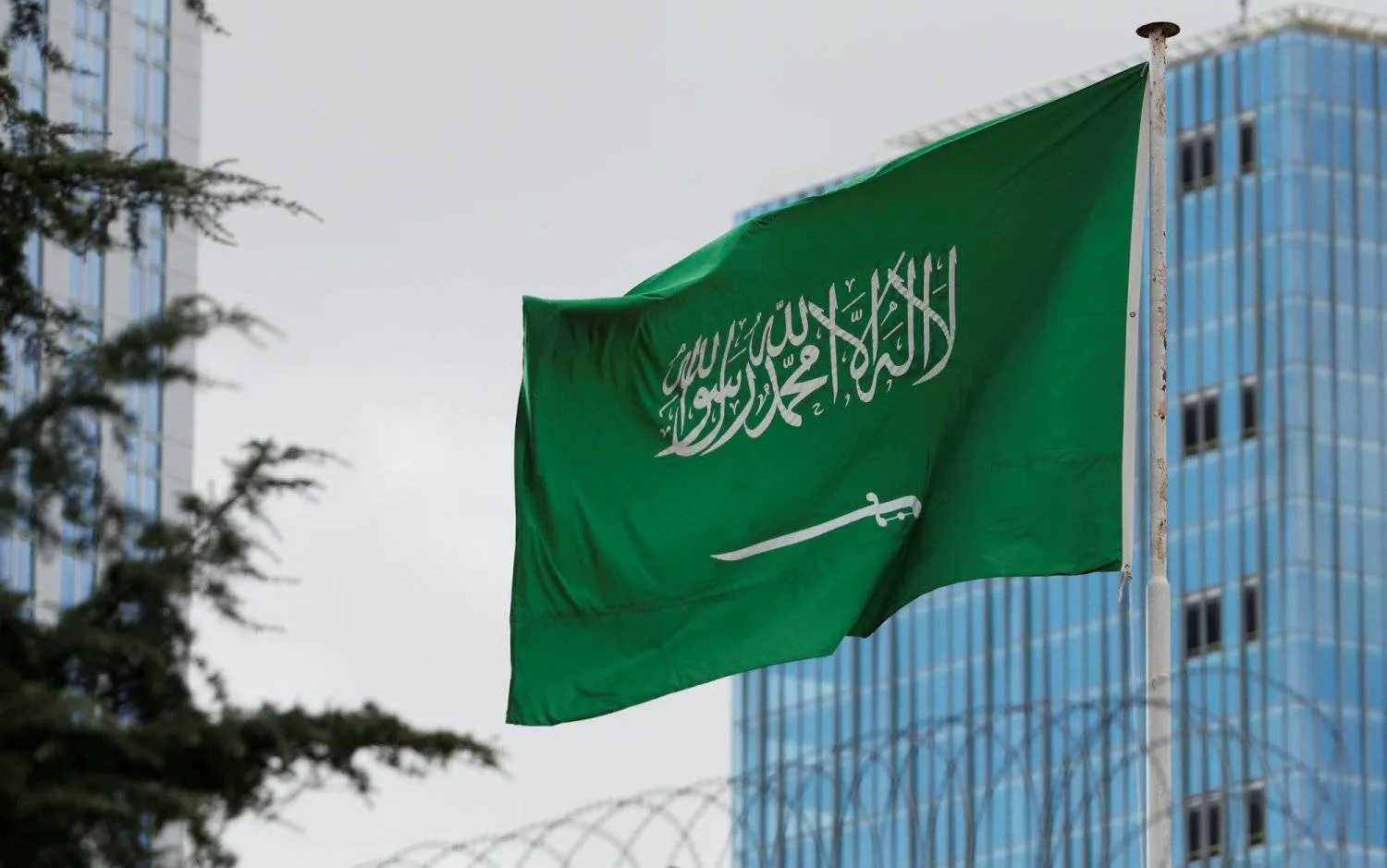Sri Lanka’s Ambassador to Saudi Arabia Omar Lebbe Ameer Ajwad revealed ongoing efforts to establish a strategic partnership with Saudi Arabia and implement 10 signed agreements across various sectors to foster mutual growth.
Such efforts also aim to launch collaborations in projects aligned with Saudi Vision 2030, with hopes of boosting bilateral trade and investments in technology and agriculture.
The diplomat highlighted that the inaugural session of the joint committee between the two countries, held in 2023, identified 63 areas of cooperation spanning 20 sectors, including the economy, science, defense, technology, culture, youth, and sports.
He noted that Saudi Arabia has been a long-standing development partner for Sri Lanka. Over the years, the Saudi Fund for Development has extended $438 million (1.5 billion SAR) in concessional loans, financing 15 development projects in the country.
Among these projects are the Colombo Water Supply and Sewerage Project (1981), Kinniya Bridge—the longest in Sri Lanka, the Neurotrauma Unit at Colombo National Hospital, the Kalu Ganga Development Project, the Medical Faculty at Sabaragamuwa University, the Wayamba University Township, and the Peradeniya-Badulla-Chenkaladi Road.
Ajwad stated that Sri Lanka and Saudi Arabia have so far signed 10 bilateral agreements and memorandums of understanding (MoUs) in addition to other agreements under consideration. These cover aviation services, customs duties, workforce, economy, trade, investment, technology, culture, skills verification, youth and sports, political consultations, avoidance of double taxation, and foreign direct investment.
With the implementation of Vision 2030, Ajwad emphasized that bilateral relations are entering a new phase, particularly in 2024 as the two countries celebrate 50 years of diplomatic ties. He noted that collaboration opportunities include the Colombo Port City Special Economic Zone, tourism and hospitality, agriculture and food security, renewable energy, and information and communications technology (ICT).
The official further mentioned that Saudi Arabia is Sri Lanka’s 24th largest export market and 11th largest source of imports, with plans to expand economic cooperation in trade and investment. In 2023, Sri Lanka exported goods worth $99.9 million to Saudi Arabia, while imports from the Kingdom amounted to $288.84 million.
Key Sri Lankan exports include tea, rubber products, fruits and vegetables, frozen fish, coconut products, and cloves. Imports from Saudi Arabia primarily consist of petroleum oils, liquefied petroleum gases, fertilizers, chemicals, and plastic products.
Ajwad also highlighted potential value-added exports to Saudi Arabia, such as spices, tea, kithul products, coconut-based goods, fresh produce, processed foods, organic agricultural products, and seafood. Sri Lanka’s industrial exports to Saudi Arabia include rubber products, gemstones, jewelry, apparel, ceramics, and porcelain.
He noted that Sri Lankan companies have also invested in Saudi Arabia, including Sierra Construction, which operates in the electromechanical sector.
The ambassador said that Saudi Arabia’s Minister of Economy and Planning, Faisal bin Fadhil Alibrahim, discussed creating an economic roadmap during his recent visit to Sri Lanka, which covers trade, investment, energy, tourism, cultural exchange, digital transformation, and employment opportunities.
In the second half of 2024, Sri Lankan companies participated in major international exhibitions in Saudi Arabia, including the Riyadh Travel Fair 2024, Saudi Food Expo 2024, Saudi Agriculture Exhibition 2024, the Saudi Workforce Exhibition, and the Saudi International Handicrafts Exhibition (Banan).
Ajwad emphasized that bilateral relations have seen significant growth since the establishment of diplomatic ties in 1974. Sri Lanka opened its first embassy in Jeddah in 1983, which was later relocated to Riyadh in 1985. Saudi Arabia established its first resident embassy in Colombo in 1996 and appointed its first ambassador in 2001.
Since the 1980s, many Sri Lankans have traveled to Saudi Arabia for work. Today, an estimated 200,000 Sri Lankans reside in the Kingdom. At the same time, Sri Lanka has become a preferred travel destination for Saudi tourists.
The diplomat stressed that the two countries have maintained strong ties at bilateral, regional, and multilateral levels. They cooperate in organizations such as the Non-Aligned Movement (NAM), the Indian Ocean Rim Association (IORA), the Asian Cooperation Dialogue (ACD), the ASEAN Regional Forum (ARF), and various United Nations bodies.
In 2024, Sri Lanka and Saudi Arabia will celebrate 50 years of diplomatic relations—a significant milestone reflecting the depth of their friendship and strategic partnership. The economic ties between the two nations trace back centuries to trade in goods such as pearls, gemstones, sandalwood, cloves, cinnamon, pepper, coconuts, and ivory.









